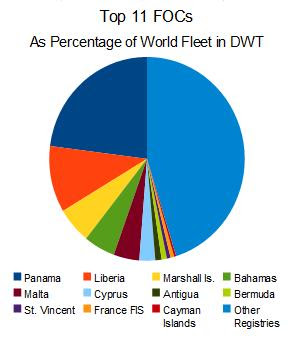
But there is evidence that the Al Hamed could not have been carrying sensitive cargo—or any cargo—from North Korea. International shipping is carefully monitored by Lloyd’s Marine Intelligence Unit, which relies on a network of agents as well as on port logs and other records. In addition, most merchant ships are now required to operate a transponder device called an A.I.S., for automatic identification system. This device, which was on board the Al Hamed, works in a manner similar to a transponder on a commercial aircraft—beaming a constant, very high-frequency position report. (The U.S. Navy monitors international sea traffic with the aid of dedicated satellites, at a secret facility in suburban Washington.)
According to Marine Intelligence Unit records, the Al Hamed, which was built in 1965, had been operating for years in the eastern Mediterranean and the Black Sea, with no indication of any recent visits to North Korea. The records show that the Al Hamed arrived at Tartus on September 3rd—the ship’s fifth visit to Syria in five months. (It was one of eight ships that arrived that day; although it is possible that one of the others was carrying illicit materials, only the Al Hamed has been named in the media.) The ship’s registry was constantly changing. The Al Hamed flew the South Korean flag before switching to North Korea in November of 2005, and then to Comoros. (Ships often fly flags of convenience, registering with different countries, in many cases to avoid taxes or onerous regulations.) At the time of the bombing, according to Lloyd’s, it was flying a Comoran flag and was owned by four Syrian nationals. In earlier years, under other owners, the ship seems to have operated under Russian, Estonian, Turkish, and Honduran flags. Lloyd’s records show that the ship had apparently not passed through the Suez Canal—the main route from the Mediterranean to the Far East—since at least 1998.
Among the groups that keep track of international shipping is Greenpeace. Martini Gotjé, who monitors illegal fishing for the organization and was among the first to raise questions about the Al Hamed, told me, “I’ve been at sea for forty-one years, and I can tell you, as a captain, that the Al Hamed was nothing—in rotten shape. You wouldn’t be able to load heavy cargo on it, as the floorboards wouldn’t be that strong.”
here






















































